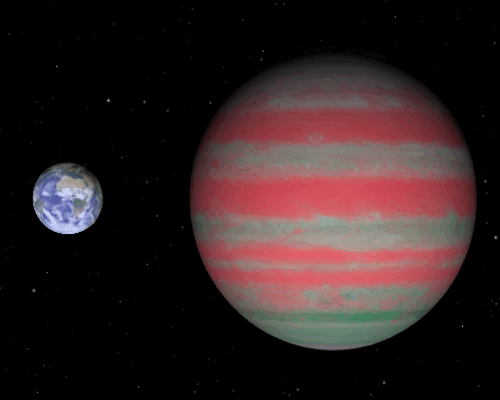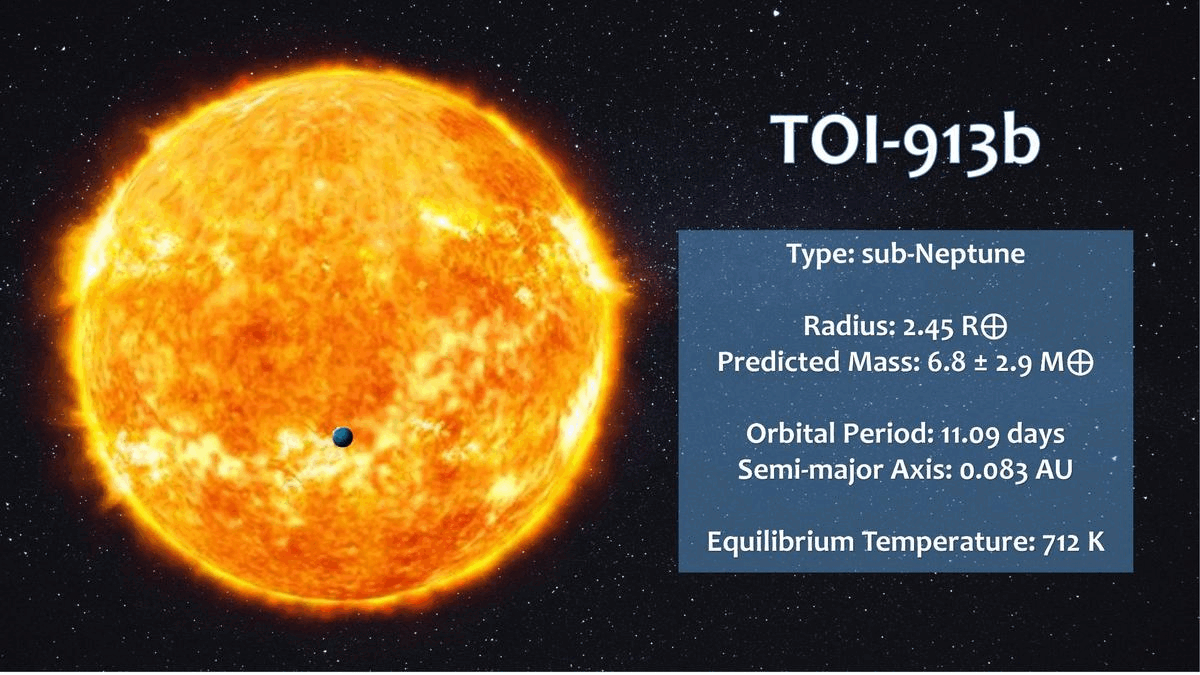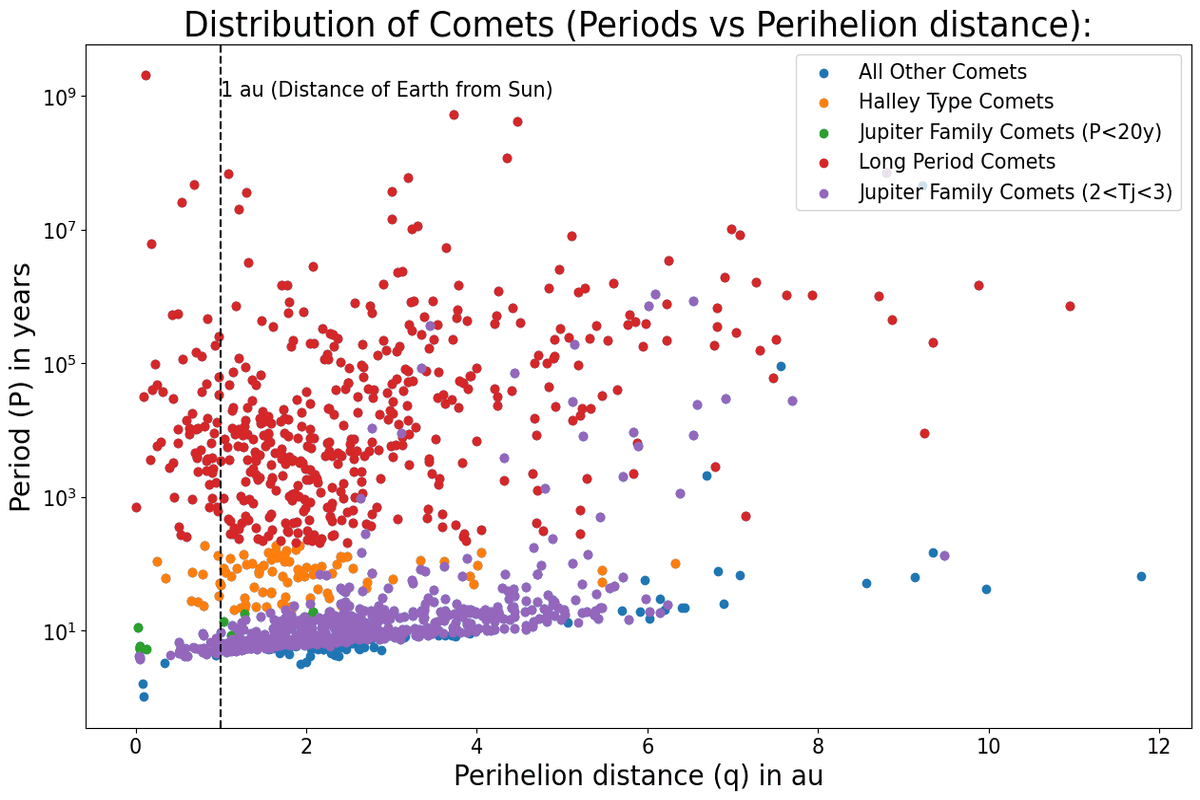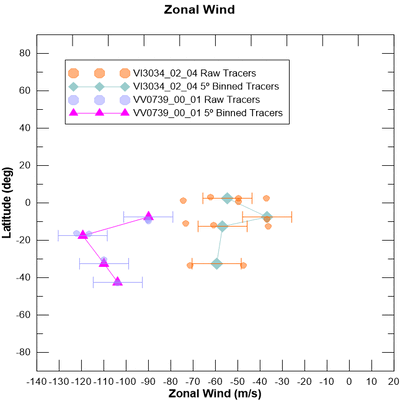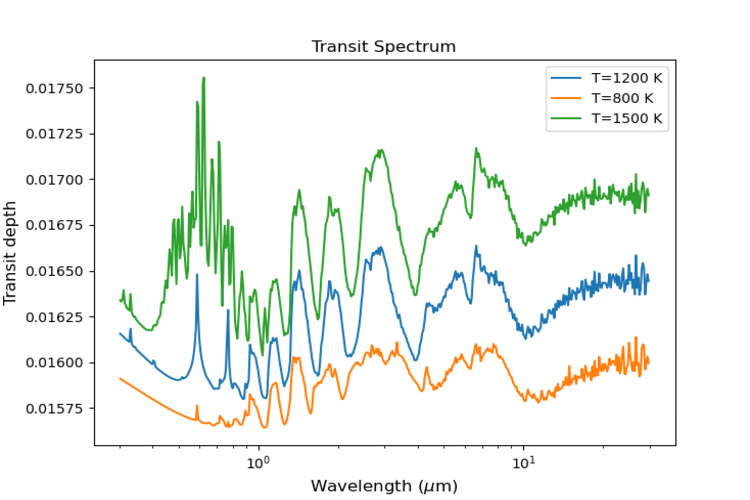Revisiting GJ436 b Atmosphere
More than 5000 planets have been discovered orbiting other stars outside our solar system in the last two decades. Going beyond discovering more such planets,
the recent focus of the astronomy community is to attempt to study the atmosphere of those exoplanets. A large population (more than 70%) of Galactic M dwarfs
represent a complete archaeological record of the chemical evolution and star formation history of the Milky Way.
Because of their proximity, small size, and
low mass, M dwarfs are becoming attractive targets for exoplanets searches and have been recently established as favourable targets for searches of small rocky
exoplanets and in-depth studies of their atmospheres.
The scope of this work is to understand and analyse the atmosphere of extra-solar planets
like warm Neptunes using multiwavelength transits in the optical to near-infrared wavelengths. We can identify and propose possible detection of chemical species
in atmospheres of such types of planets from our observations, including archival data, comparing with previous published results and interpretation of scientific
results. Thus characterizing the atmosphere of these planets offers a path to test and improve models of planet formation and evolution, as well as habitability.
Validation of Transiting Exoplanets using Statistical Tools (VaTEST)
The VaTEST project was initiated at the beginning of May 2022 by Priyashkumar Mistry and Georgios Lekkas under the guidance of Dr. Kamlesh Pathak.
This project's objective is to validate exoplanet signals by utilizing statistical tools and probabilistic algorithms in conjunction with other
Python packages for the analysis of photometric and spectroscopic data. More about this is available on the team webpage:
VaTEST
The work that will be done in the future on this project will be focused
on the bulk validation of unconfirmed exoplanets. This will be accomplished through the use of a variety of statistical validation, false alarm and
false positive diagnostics tests, as well as photometric and spectroscopic data analysis to calculate the exoplanet properties.
Distant Archive Detection of New Comets (DISTANCE)
A archive of comets that were discovered very recently but have pre-discovered images
collected from various archives, which would suggest a chance of their early discovery. We studied
these pre-discovered images of the comets and investigate the possibilities
of their early discovery and incorporate the valuable insights found from understanding these images
to offer paths to discover new comets coming close to earth in near future with perihelion distance, q < 1.2 au.
Our methodology of this work though looks simple collection of data, but it
required a tremendous manual search for the targets. Searching for targets with23
sufficient brightness for further analysis is a challenge.
Atmospheres of Other Worlds within the Solar System
Planets from the Solar System like Venus, Jupiter and Saturn, have very dynamic and complex
atmospheres that only recently have been studied in detail, thanks to several space missions and
advances in the optical capabilities of telescopes. In particular, modern Cloud Tracking techniques
allow for the compilation of the collected data in wind maps that help us understand the global wind
circulation of a planet. We explored the atmosphere dynamics of different
Solar System planets, applying Cloud Tracking methods to data obtained with terrestrial telescopes
such as ESO's Very Large Telescope (VLT), in Chile, or during space missions such as NASA’s
Cassini-Huygens.
Besides the wind systems that will be explored using the cloud-tracking
technique it is also proposed to detect and characterize atmospheric waves on Mars and Venus
atmospheres for this purpose we will use space data from Mars Express (ESA) and Akatsuki
(JAXA).
HoT Jupiter Atmosphere with PLATON
More than four thousand planets have been discovered orbiting other stars outside our solar
system in the last two decades. Going beyond discovering more such planets the recent focus of the
astronomy community is to attempt to study the atmosphere of those exoplanets. We studied atmospheric characteristics
using a publicly available and computationally efficient software named PLanetary Atmospheric
Transmission for Observer Noobs (PLATON), which calculates transmission spectra for exoplanets
and extracts atmospheric characteristics based on their observed spectra.
Using PLATON, we have
studied the dependence of transit spectra on the radius of the parent star, mass and radius of the
planet, and atmospheric pressure, temperature and composition of the planet. Then we have
determined the absorption signature of various chemical species, such as, sodium, water, ammonia,
methane, carbon dioxide, and several others by simulating transit spectra using PLATON. We studied
how the absorption signature of a given species changes due to a change of the abundance of that and
other species as well as the atmospheric temperature. Finally, we have retrieved the planetary and
atmospheric parameters of two exoplanets from published data.
>

